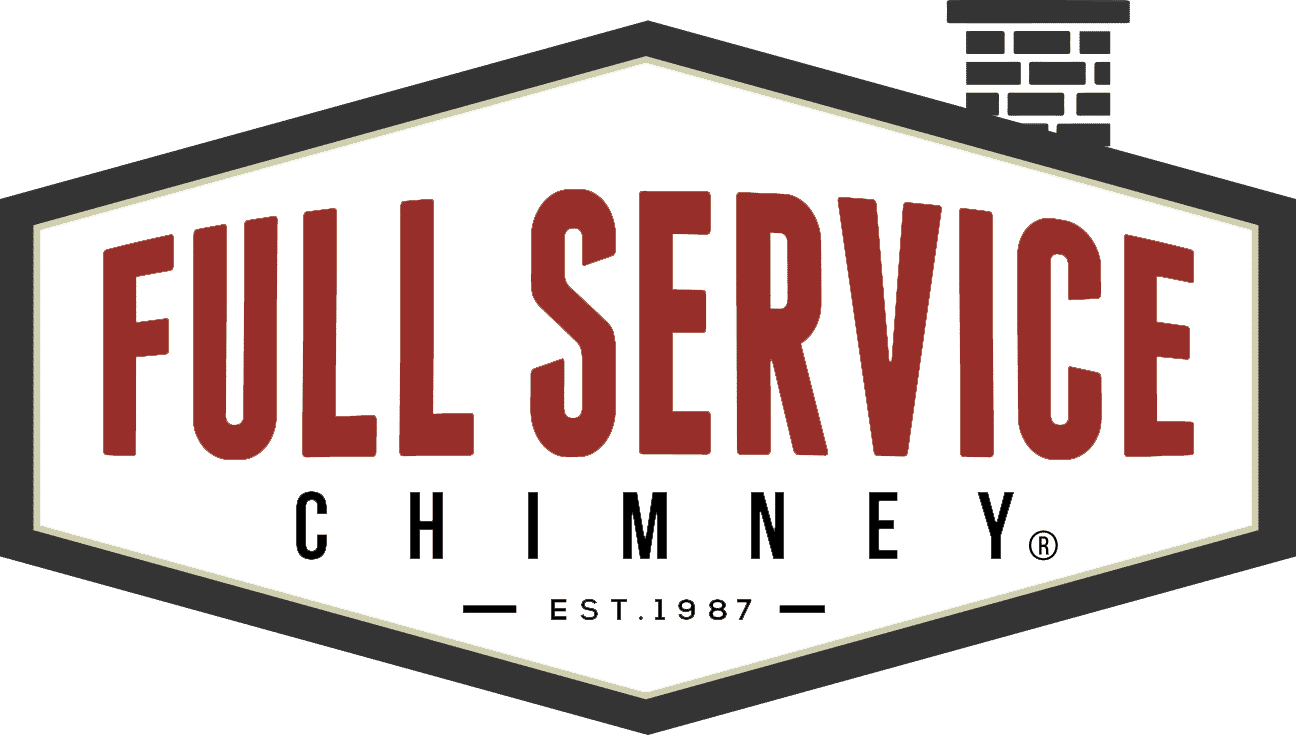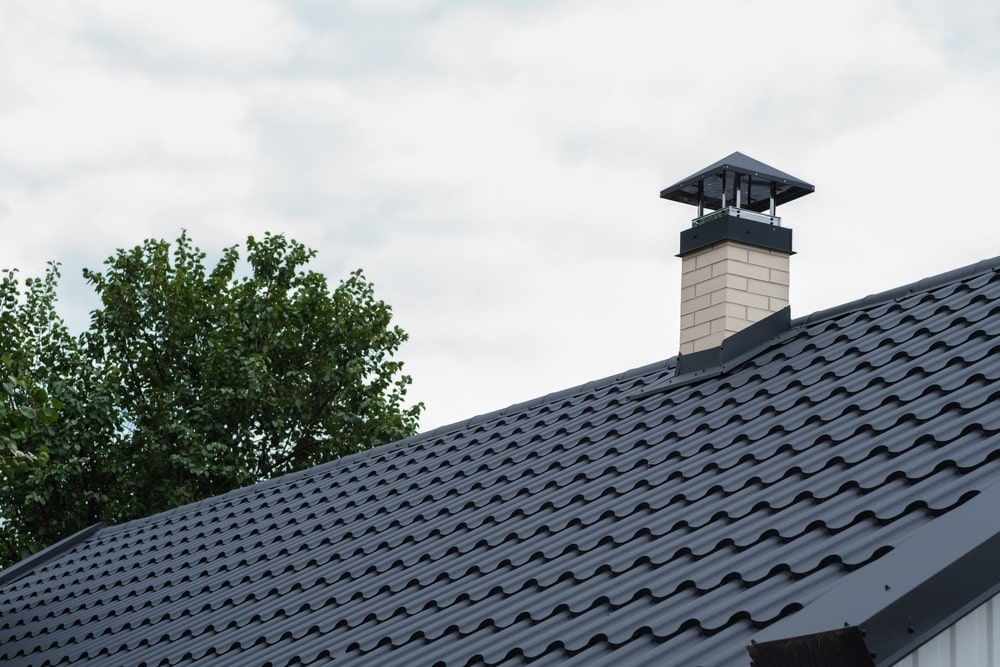As homeowners, we often prioritize the safety and functionality of our living spaces, but one aspect that sometimes gets overlooked is our chimneys. With extreme weather events on the rise due to climate change, preparing your chimney for such conditions has never been more important. From hurricanes to blizzards, these weather phenomena can pose serious risks to our chimney systems, affecting both safety and efficiency.
In this blog post, we will explore how extreme weather can impact your chimney, reflect on lessons learned from recent disasters, and provide actionable steps you can take to ensure your chimney is ready when the next storm hits.
Understanding Extreme Weather and Its Impacts on Chimneys
Extreme weather events come in various forms, and each can take a toll on your chimney. Here’s a brief overview of some common types of extreme weather and their specific impacts:
- High Winds (Hurricanes and Tornadoes)
-
- Wind Damage: High winds can dislodge chimney caps, flues, and even structural elements of the chimney itself, leading to potential damage or collapse.
- Debris Entry: Branches and other debris can enter a compromised chimney system, blocking vents and leading to hazardous conditions.
- Heavy Rainfall and Flooding
-
- Water Intrusion: Rain can enter through cracks in the chimney or gaps in the chimney cap, causing water damage and increasing the risk of mold growth.
- Flooding Risks: Floodwaters can cause chimneys to collapse if not properly secured, leading to costly repairs and safety hazards.
- Snow and Ice Storms
-
- Weight of Accumulation: Heavy snow can put excess weight on your chimney, leading to structural strain and potential collapse.
- Ice Dams: Ice that forms in or around the chimney can block proper ventilation, causing backups that can lead to dangerous situations.
- Wildfires
-
- Embers and Heat: In regions prone to wildfires, hot embers can ignite chimney materials, especially if the chimney lacks proper shielding.
- Ineffective Flue Systems: Unprotected flue systems can become compromised, allowing smoke and dangerous gases to seep into your home.
By understanding how extreme weather affects chimneys, you can better prepare and protect your home from these potential hazards.
Lessons from Recent Disasters
Recent disasters have highlighted the vulnerabilities of chimneys in extreme weather. Here are a few case studies that demonstrate how severe conditions can lead to chimney problems:
Hurricane Harvey
-
- Many homeowners experienced significant damage to their chimneys during this intense hurricane due to high winds and heavy rain.
- Common issues included collapsed chimneys and water intrusion that led to mold growth inside homes.
Midwest Snowstorms
-
- Following major snowstorms, countless chimneys faced structural strain due to excessive snow accumulation.
- Inspections revealed that many homeowners didn’t realize the impact of snow on their chimneys, leading to structural failures.
California Wildfires
-
- Wildfires have raised awareness about the danger posed to chimneys.
- Homes with unprotected chimney systems suffered from ember intrusion and major smoke issues, highlighting the need for proper preparation against such fires.
Common Chimney Problems Identified
From these instances, several recurring chimney problems have been identified, including:
-
- Collapsed chimneys due to inadequate support for weather conditions.
- Water intrusion damage leading to mold and rot.
- Unstable or unsafe flue systems that compromise indoor air quality.

Preparing Your Chimney for Extreme Weather
Now that we understand the risks, let’s explore what you can do to prepare your chimney for extreme weather conditions:
Regular Inspections and Maintenance
-
- Schedule Annual Inspections: It’s essential to have a certified chimney professional inspect your chimney at least once a year. This ensures that any issues can be detected early and addressed promptly.
- Check for Signs of Wear: Look for cracked mortar, crumbling bricks, or rusted components. These are indicators that repairs may be necessary.
Appropriate Upgrades and Repairs
-
- Install a Sturdy Chimney Cap: A well-fitted chimney cap prevents debris from entering the chimney and helps keep water out. Look for models designed to withstand high winds.
- Waterproof Your Chimney Masonry: Applying a waterproof sealant can help protect the chimney from moisture damage, especially in areas prone to heavy rain or snowfall.
- Reinforce Chimney Structures: If you live in a high-wind area, consider reinforcing your chimney’s structural materials to withstand storm forces better.
Seasonal Preparation Steps
-
- Clear Gutters: Regularly clean your gutters and make sure they direct water away from your chimney. Clogged gutters can lead to water pooling around the chimney base, increasing the risk of water damage.
- Remove Obstructions: Before the winter months, ensure that your chimney flues are clear of obstructions like nests or debris. Limiting natural blockages ensures proper ventilation.
- Storage Practices: Store firewood and other flammable materials at a safe distance from your chimney. This protects your home from potential fire hazards during extreme incidences.
Emergency Preparedness Planning
Preparation doesn’t stop at maintenance; having an emergency preparedness plan is essential.
Create a Contingency Plan
Planning for severe weather helps ensure that you are ready to act when needed.
-
- Understand When to Close Flue Dampers: Learn about the proper times to close your chimney flue to prevent smoke backup during extreme conditions.
- Keep Emergency Materials Handy: Equip your home with emergency tools such as plastic tarps and duct tape that can be quickly used to cover openings and prevent further damage during a storm.
- Contact Professionals: Have a reliable chimney service you can reach out to for emergency check-ups following bad weather. They can assess any damage quickly and efficiently.
Importance of Community Awareness
Community plays a significant role in emergency preparedness:
-
- Share Resources: Connect with neighbors to share knowledge about chimney care and preparedness resources. Working together can help ensure the safety of your homes and families.

Conclusion
In conclusion, preparing your chimney for extreme weather is an essential aspect of responsible homeownership. By understanding the impacts of severe weather events, reflecting on lessons from recent disasters, and taking proactive measures, you can safeguard your chimney against the forces of nature.
From regular inspections to proper emergency planning, every step you take can help protect your home and ensure a safe living environment. Don’t wait for the next storm to find out that your chimney isn’t ready—schedule an inspection today and stay ahead of the curve.

